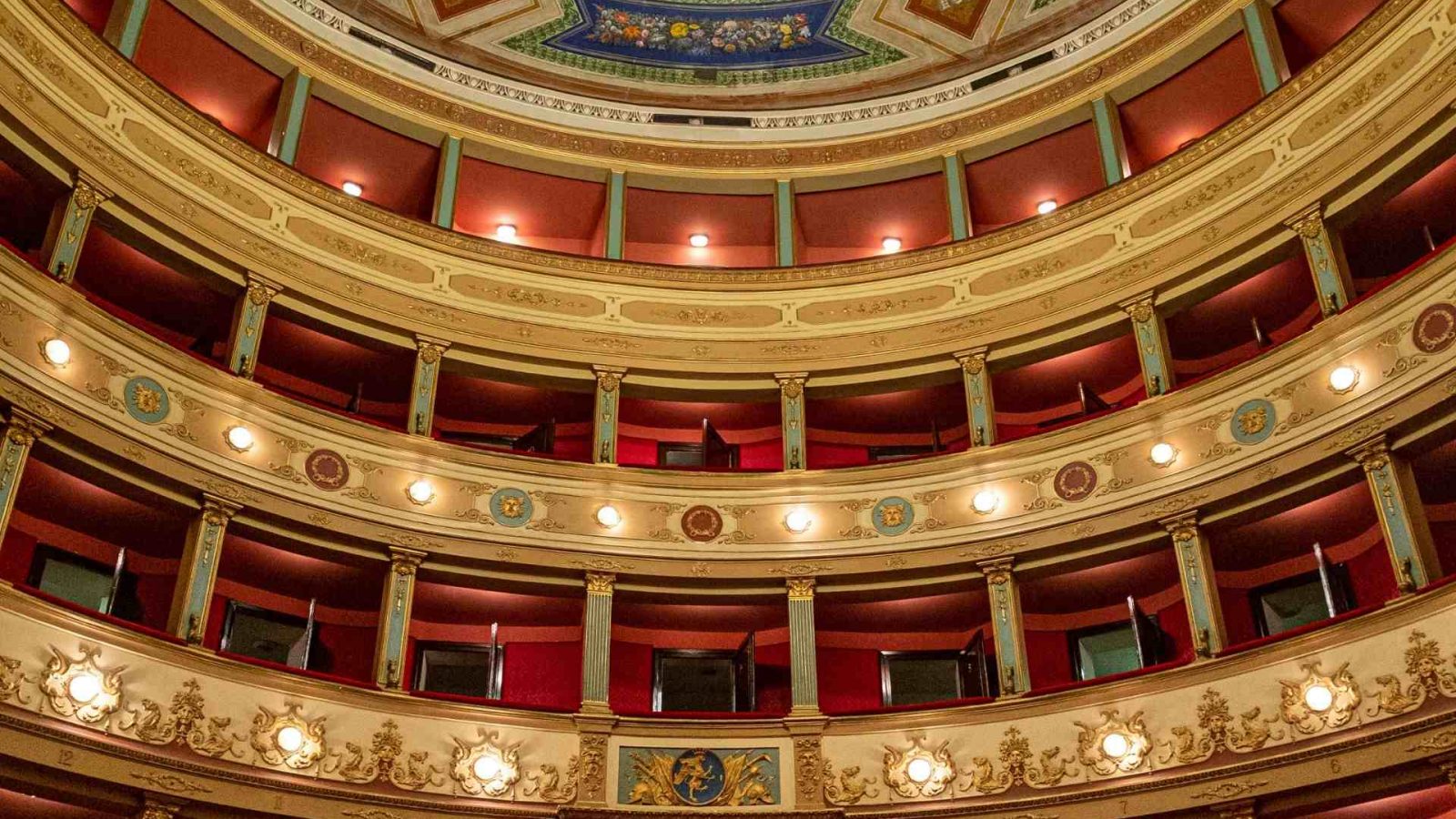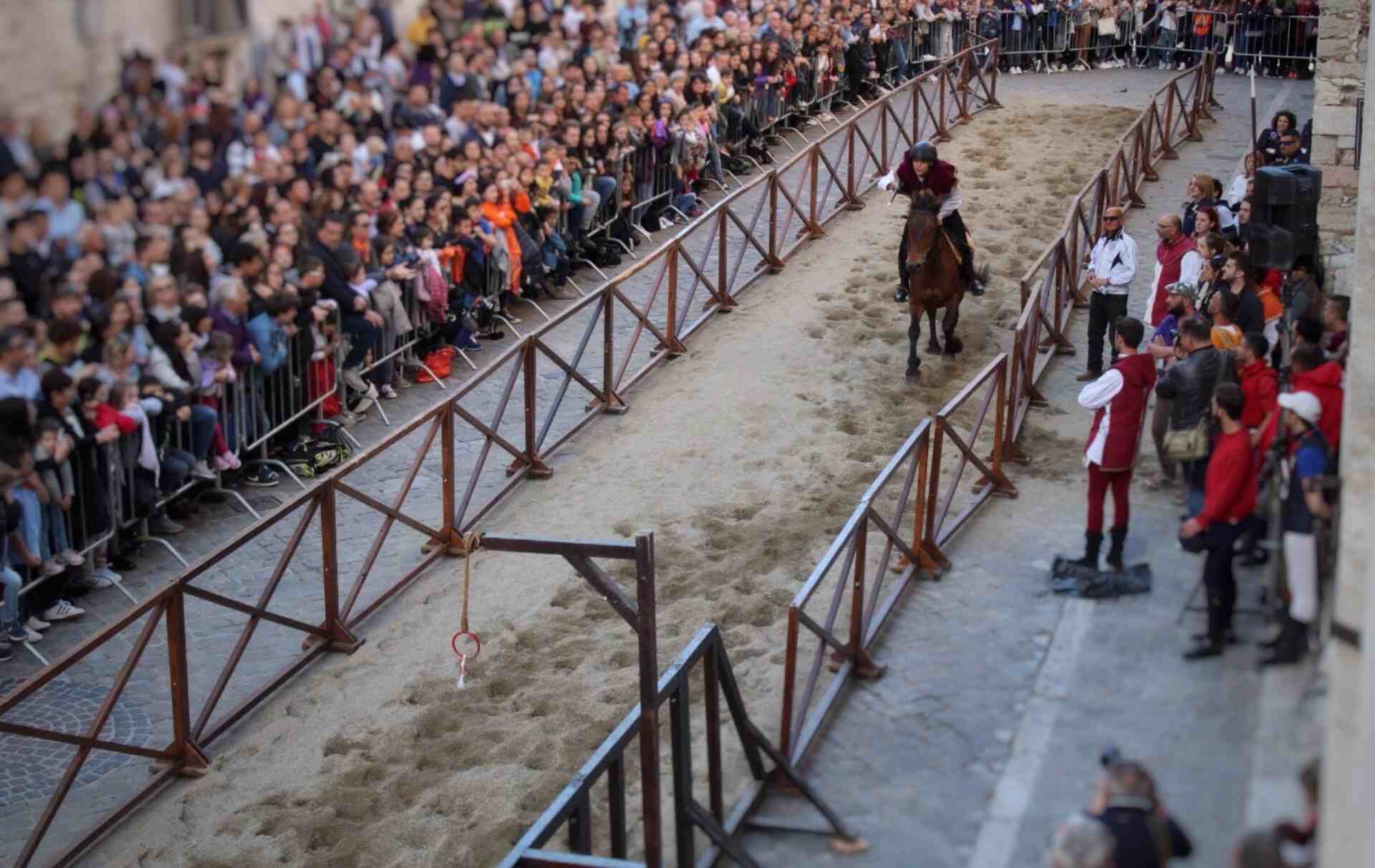The papal state between the periods of the two Roman Republics, then the Unity of Italy and the two World wars until it arrived at today’s Narni, a proud town of its past with the eyes always through the future.
Narni in Contemporary Age.
The French Revolution and its army completely changed the old system in Italy: in 1789 Narni was part of the first Roman Republic, which was restored papal rule. During the revolutionary and Napoleonic period Narni came back to follow the fate of the Papal state, later annexed it to the French Emperor.
After 1814 the restoration started to enhance the old structures and the state’s rule, but the new ferment did not fail and in 1831 Narni joined the ephemeral revolt against Gregory XVI.
In 1849 the Second Roman Republic kindled hopes and illusions and the progressive evolution of the Risorgimento, in which Narnesi patriots largely participate, led to the annexation of Umbria to Italy, formed in 1859-60.
In 1856 was inaugurated the Municipality Theatre with the representation of the Traviata by Giuseppe Verdi.

On 23 September 1860, after the 21 of the same month the city had been occupied by Piedmontese troops, the Fortress surrendered, thus ending the papal rule over Narni with great enthusiasm of the population.
In January 1866, was inaugurated the railroad line Orte-Foligno, with the opening of the station of Narni-Amelia.
In the first years of 1900 the first industrial settlement was born, favored by the abundance of valley bottom ‘s water and energy. In 1899 started the activities of the Linoleum and Elettrocarbonium plants. In 1915 was made the ammonia plant of Nera Montoro which was purchased by the Società Terni Industrie Chimiche S.P.A. in 1930.
Some people of Narni took part in the first world war and the fallen are remembered today by the monument made in 1927 on a tower built in the actual Ternana Gate location.
The second world war caused the destruction of buildings, bridges and industrial plants before the liberation of June 13 1944.
After the town was developed as a fundamental part of the industrial pole of Terni.
In this period born and developed the first industries of Narni which transformed quickly the economic, cultural and social structures also affecting the landscape.
In 1956 was restored the Church of San Francesco, in 1962 the Cathedral, which was reopened to the public in 1067 and in 1968 the former Church of San Domenico.
In 1969, thanks to some volunteers, the first modern edition of the Corsa dell’Anello began with the commemoration of the time of the Statutes of 1371.

Discover the history of Narni.
Continue to discover the history of Narni:
What to know about Narni.
Continue to discover Narni, the history and its illustrious characters.
Discover Narni.
Discover interesting points of Narni and of its territory.


